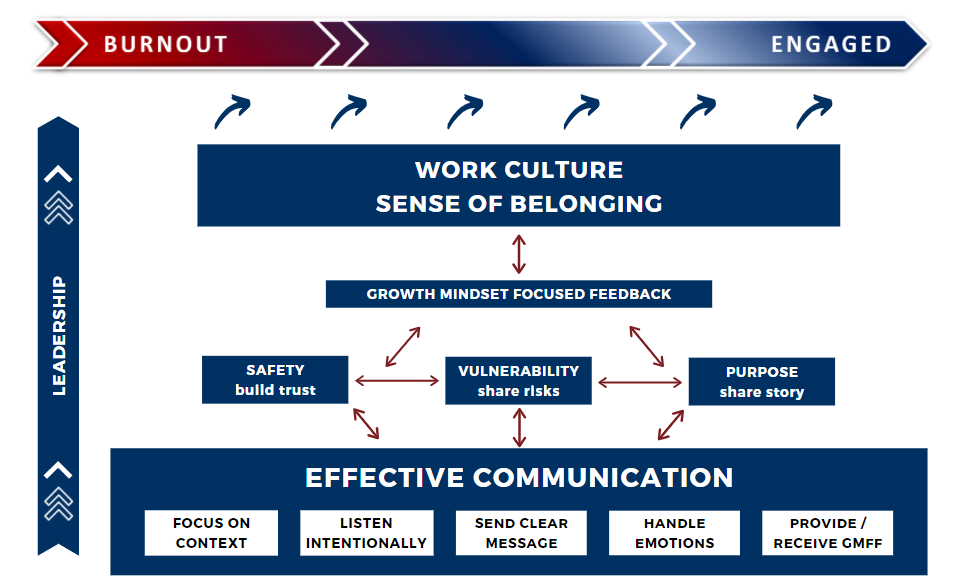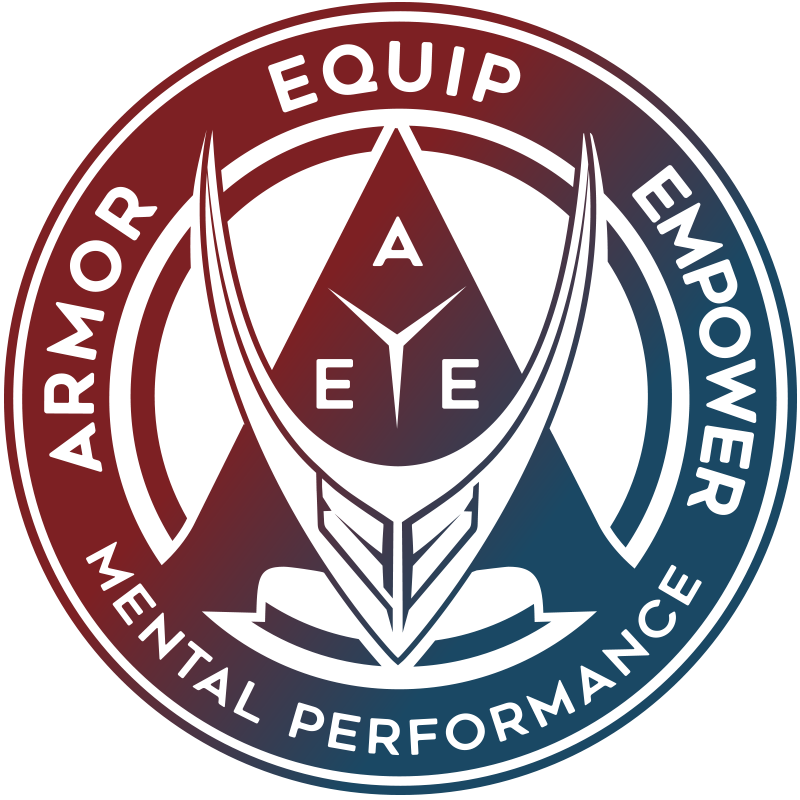Burnout Prevention
Review
Maslach Burnout Inventory
Recognized as the leading measure of burnout, the Maslach Burnout Inventory™ (MBI) is validated by the extensive research that has been conducted in the more than 35 years since its initial publication.
MBI-Human Services Survey (MBI-HSS): The MBI-HSS is the original and most widely used version of the MBI. Designed for professionals in the human services, it is appropriate for respondents working in a diverse array of occupations, including nurses, physicians, health aides, social workers, health counsellors, therapists, police, correctional officers, clergy, and other fields focused on helping people live better lives by offering guidance, preventing harm, and ameliorating physical, emotional or cognitive problems. The MBI-HSS (MP), adapted for Medical Personnel, is available.
The MBI-HSS addresses three scales:
- Emotional Exhaustion measures feelings of being emotionally overextended and exhausted by one’s work.
- Depersonalization measures an unfeeling and impersonal response toward recipients of one’s service, care treatment, or instruction.
- Personal Accomplishment measures feelings of competence and successful achievement in one’s work.
*Note: If you’d like to take the burnout prevention assessment to see where you are in relation to burnout, email me directly so I can first get you set up.
Individual Burnout Prevention

Collective Burnout Prevention

Individual & Collective Burnout Prevention connection
Attribution Theory and Bias
The idea of misattributing negative behaviors in others, situations, events to the wrong thing or uncontrollable factor. This influences how we think, how we behave (i.e. how we respond to undesired situations), our overall motivation, and how we interact. Attribution theory and awareness of the potential biases tells us to focus on what we can control – our effort (i.e. What can I do in a particular situation? What should I ask the person that hasn’t been performing well recently to mitigate the biases?)
Growth Mindset
Beliefs and focus are the two main components of growth mindset. Can impact where and how we attribute setbacks/failures/undesirable situations or what we observe in others.Subcomponents of Effort, Challenges, Mistakes, and Feedback. Mindset affects how we approach these 4. How is one perceiving and responding to these subcomponents and how are those perceptions and responses nurtured by others whether productive or unproductive?
Growth Mindset Focused Feedback
Motivation (Optimal)
Increasing self-determination to do what you do. Facilitated by effective communication which targets primarily autonomy as well as relatedness and competence (growth mindset in terms of if not competent, can get competent through efficient and appropriate effort). Sense of belonging can increase self-determination (i.e. shared purpose → relatedness; vulnerability when reciprocated → relatedness; safety -> promotes autonomy when others trust you)
